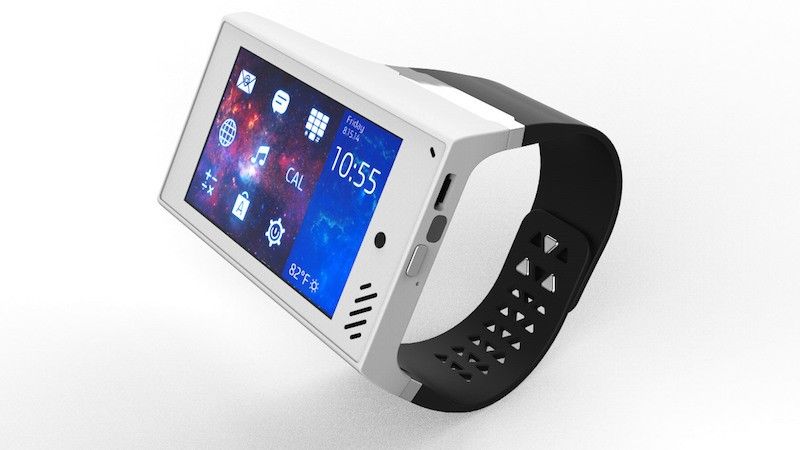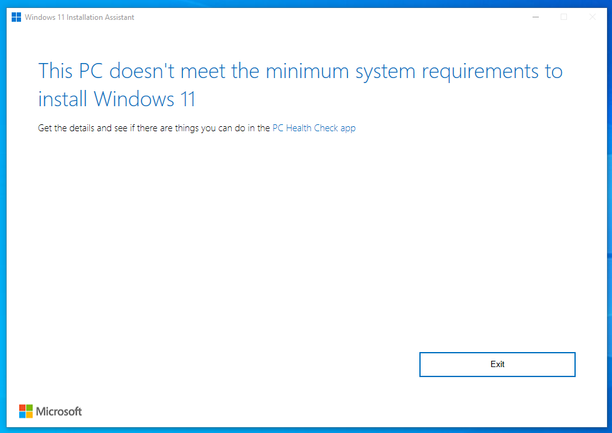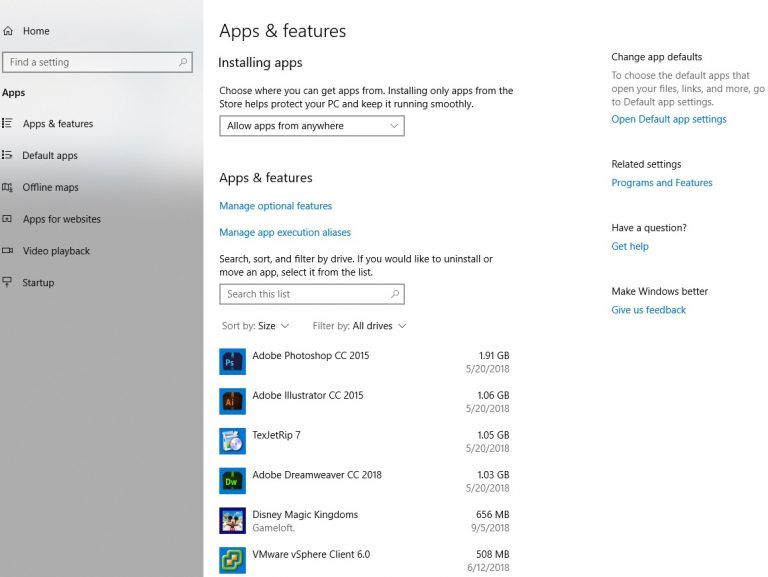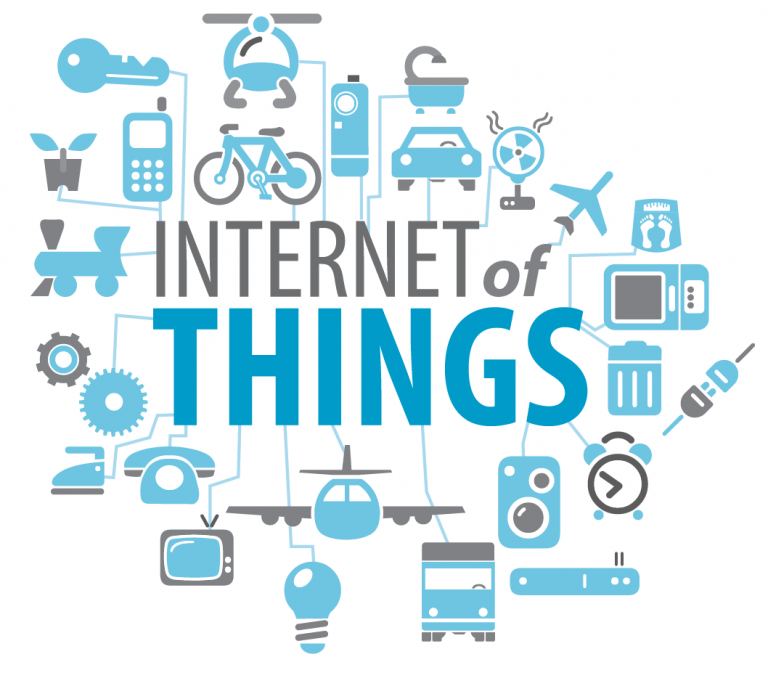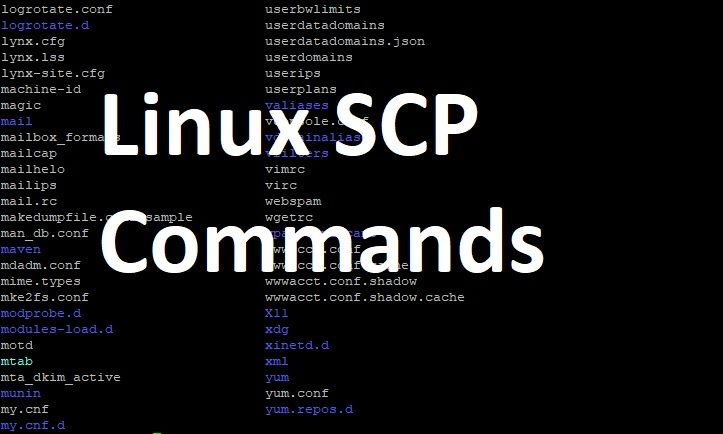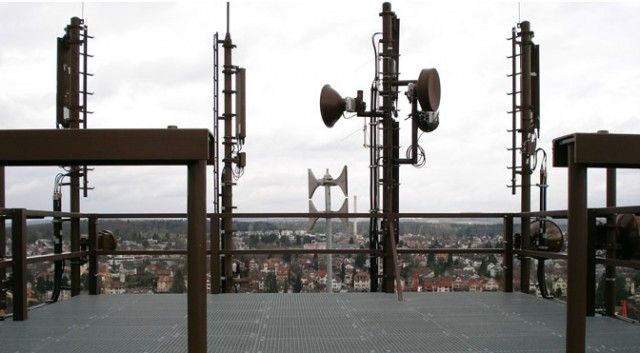
One limitation that wireless connectivity presents to users globally is that regardless if it is WiFi or LTE, both forms of connectivity will be limited to two things; either sending or receiving data within in a given time window. Since both forms of connectivity are transmitting and receiving radio waves, that particular spectrum presents a whole new limitation for users. This is because radio waves can either be transmitted or received during a given period. If both tasks are being carried out simultaneously, it will result in the cancellation of both waves (incoming and oncoming) and degradation of overall connectivity performance.
However, this limitation is about to be overcome thanks to a group of engineers hailing from the University of Texas, who claim to possess a forte for this sort of thing. The group is claiming that through the use of a circulator, they will permanently be able to bring about the end of radio wave limitations, resulting in higher performance for both WiFi and LTE connectivity.
The role of the circulator would be to transmit a radio signal through a series of ports. Without stumbling on to technical details, the group states that by using a solid-state circulator, (a device which will possess no moving parts and will not have a magnetic field) the difference between the transmission and reception signals will be huge and it will easily be able to be picked up by the radio. In addition to the newly found performance upgrade, the solid state circulator will also provide a huge degree of flexibility, allowing the radio to be tuned in real time.
Now, the only variables left to tackle will be the amount of heat and battery life consumed by using a solid state circular. Since smartphones and routers comprise up of a very small amount of form factor space with very minute heat dissipating vents, additional implementations will be mandatory for the design to become eligible to fit in to small spacing’s of these devices.


